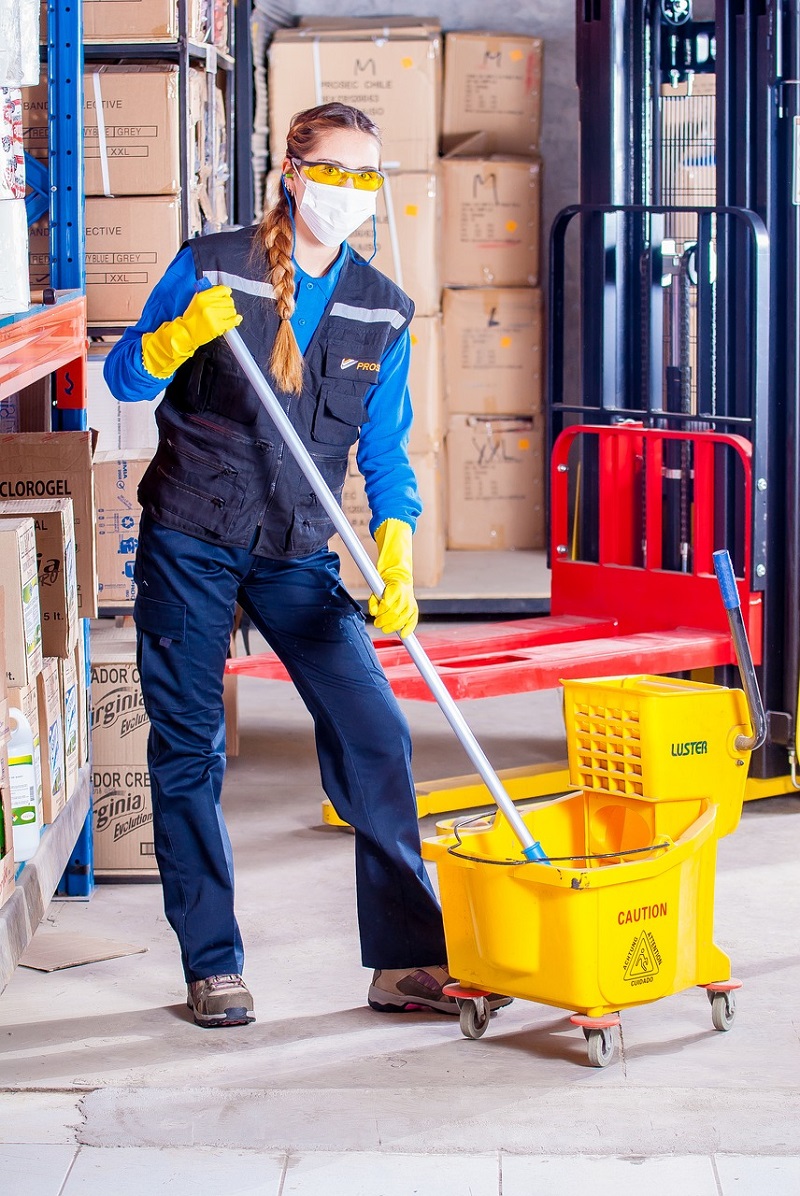The COVID-19 pandemic heightened the global emphasis on cleanliness. Consequently, there’s a rising demand for products and services that both disinfect and sanitize. This brings us to a frequently asked question: what distinguishes sanitizing from disinfecting?
Both terms are often used interchangeably, and while they share similarities, they are distinct processes.
Cleaning, Sanitizing, and Disinfecting
Cleaning refers to the act of removing visible dirt and grime from surfaces using water and agents like soap. Both sanitizing and disinfecting, on the other hand, target invisible contaminants—bacteria and viruses.
Sanitizing and Disinfecting: What’s the Difference?
Sanitizing
Medline Plus defines sanitizing as reducing germs to safer levels, based on public health standards. This process is crucial for restaurants, which utilize specific sanitizers. Accepted methods include hot water, steam, and EPA-approved chemicals like Chlorine.
How to Properly Sanitize Surfaces:
- Clean the surface thoroughly, removing food debris and oil spills.
- Wash with soap and warm water, then rinse.
- Apply the sanitizer as per package guidelines, ensuring 30-60 seconds of contact time.
- Allow to air dry.
Disinfecting
The Centers for Disease Control describes disinfection as the destruction of specific microorganisms using thermal or chemical methods. It’s a vital process for healthcare facilities due to the potential presence of harmful pathogens.
How to Properly Disinfect:
- Clean the area using soap and water, ensuring all dirt is removed.
- Apply the disinfectant, adhering to the product’s recommended contact time.
- If the label advises, rinse the area.
- Let it air dry.
Key Differences Between Sanitizing and Disinfecting:
- Sanitizing reduces germs to safer levels, while disinfecting aims to kill them.
- Disinfecting often requires more contact time than sanitizing.
- Sanitizing is typical in food establishments, whereas disinfecting is more prevalent in healthcare settings.
Given that sanitizing and disinfecting involve using potent substances and can be time-intensive, consider seeking professional assistance. If you need help with deep cleaning, contact Colonial Commercial Cleaning at (703) 257-7730 for a free quote. Our courteous representatives are ready to assist you.


